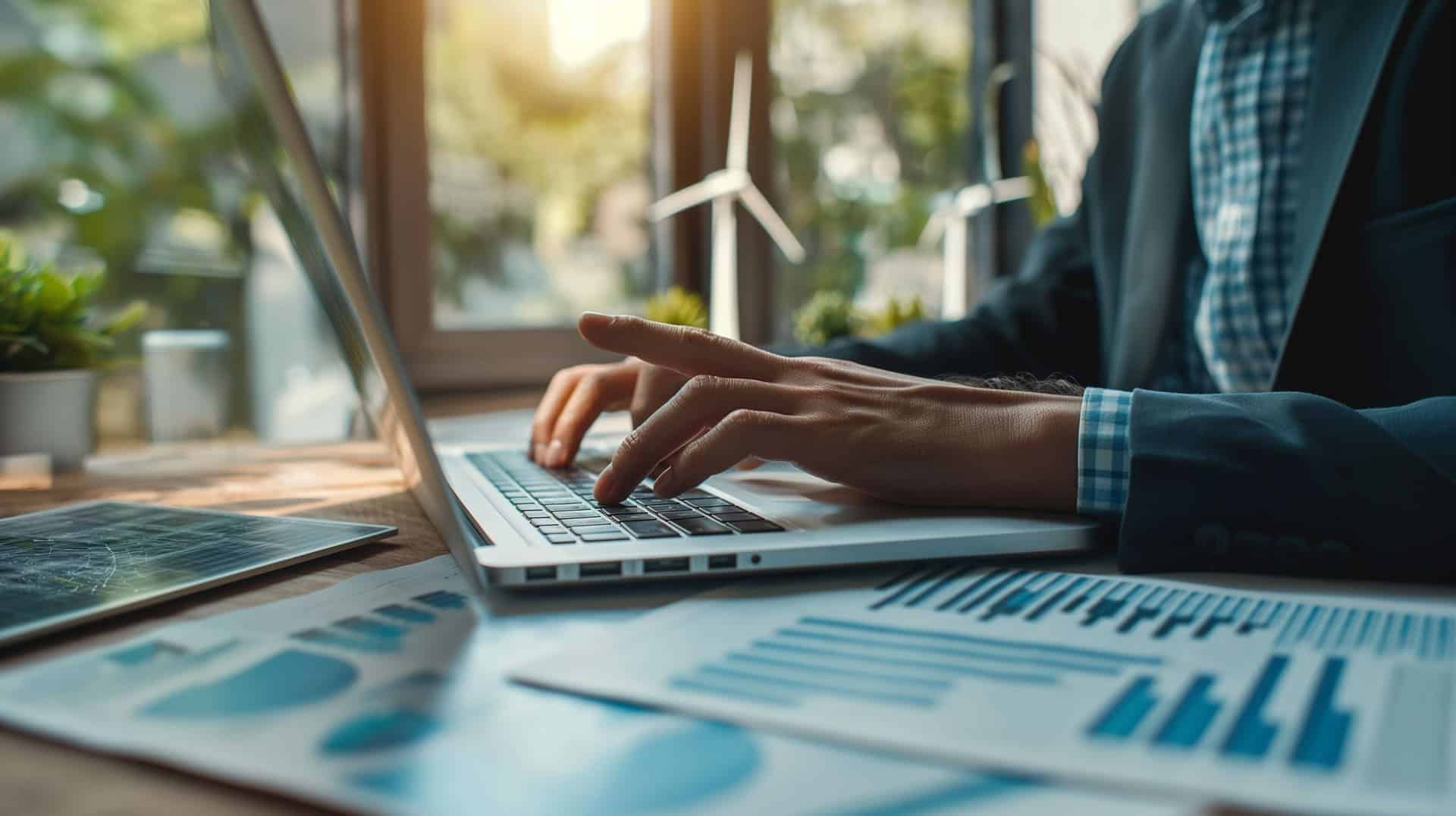Energy sobriety is an approach aimed at reducing energy consumption by adopting more responsible behaviour. Energy sobriety is based on a fundamental objective: to limit the consumption of energy resources in order to preserve the environment while reducing energy costs. In the face of the climate crisis and rising energy prices, this approach of energy sobriety is emerging as an indispensable solution. For individuals, energy sobriety allows them to save energy while reducing their ecological footprint. For businesses and local authorities, energy sobriety also represents an important lever for controlling costs and contributing to the energy transition. The implementation of energy sobriety is thus becoming a priority for a more sustainable and responsible future.

Published on 22 January 2025
Energy conservation: Definition, issues and solutions for adopting it
Actions to adopt energy sobriety
At individual level
Energy sobriety begins with simple but effective everyday choices. Among the most common measures are:
- Lowering the heating temperature setting
- Turning off appliances on standby
- Adopting more responsible mobility habits
These individual actions, although modest, play a key role in the global energy transition by maximising efficiency in reducing energy consumption. Each small gesture contributes to increased energy efficiency, both individually and collectively.
At local authority level
Local authorities must also adapt:
- Reduction of public lighting
- Efficient management of the temperature levels in public facilities such as gymnasiums and swimming pools
- Raising residents' awareness of more responsible practices
Every action taken in this context contributes to the efficient management of resources and the implementation of more sustainable energy practices. By adopting effective strategies, local authorities can significantly improve their energy efficiency while promoting a more environmentally friendly future.
At company level
For companies, energy efficiency efforts often translate into technical measures:
- Switching off lights and appliances when premises are unoccupied.
- Optimising the consumption of heating, air conditioning and ventilation systems.
These energy efficiency measures do not just bring economic benefits: they also help to reduce carbon emissions. Implementing energy efficiency in these areas contributes directly to the transition to a more environmentally friendly and sustainable model. By integrating energy efficiency into their strategy, companies are taking an active part in reducing their ecological footprint.
The challenges of energy sobriety today
- Financial: Rising energy costs affect households and businesses. A better energy management plan, based on energy sobriety, is becoming essential to reduce energy-related expenses. This change in energy management can have a direct impact on the finances of households and businesses.
- Climate: The fight against global warming requires a drastic reduction in CO₂ emissions. Energy sobriety is an essential lever for achieving this objective by reducing energy consumption and, consequently, greenhouse gas emissions. A clear action plan for energy sobriety can play a crucial role in this shift towards a more sustainable future.
In France, industry accounts for 20% of carbon emissions. According to ADEME, this sector could reduce its energy consumption by 20% by 2050 through more energy-efficient technologies and practices, in line with the principles of energy sobriety. A well-defined plan for industry could make this necessary change and meet the ambitious emission reduction targets.
The impact of Indoor Air Quality on energy efficiency
Effective control of consumption also requires an optimal energy sobriety management plan, including Indoor Air Quality (IAQ). Measuring equipment, such as temperature and humidity sensors, directly influences thermal comfort and, consequently, the need for heating or air conditioning in the home. An energy efficiency plan, supported by this equipment, allows these factors to be optimally adjusted to reduce energy consumption in the home while maintaining a comfortable environment. Developing a precise plan for managing Indoor Air Quality (IAQ) equipment as part of energy conservation is essential for effective change and achieving lasting results in each home. This change contributes to improving energy management and promoting responsible practices in the transition to a more sustainable future.
The role of Nexelec sensors
Nexelec's sensors for indoor air quality enable real-time monitoring of indicators such as:
- Humidity level: if it is too high or too low, the room may be heated or cooled more than necessary.
- Temperature: precise management avoids overconsumption.
- CO₂ level: this may indicate that the air needs to be renewed.
With this data, companies and individuals can adapt their energy behaviour.
Raising awareness and taking action: towards a sustainable energy future
To successfully make the transition to energy sobriety, awareness is essential. Nexelec equipment, like its IAQ sensors, is fully in line with this approach by offering concrete tools to measure, analyse and reduce energy consumption with the aim of energy sobriety. Every action, whether it involves monitoring the indoor environment or adopting responsible habits, contributes to a more sober and sustainable future, in line with the principles of energy sobriety. The use of this equipment optimises energy efficiency, while guaranteeing optimal comfort in buildings.
This news may interest you
Nexelec's news
